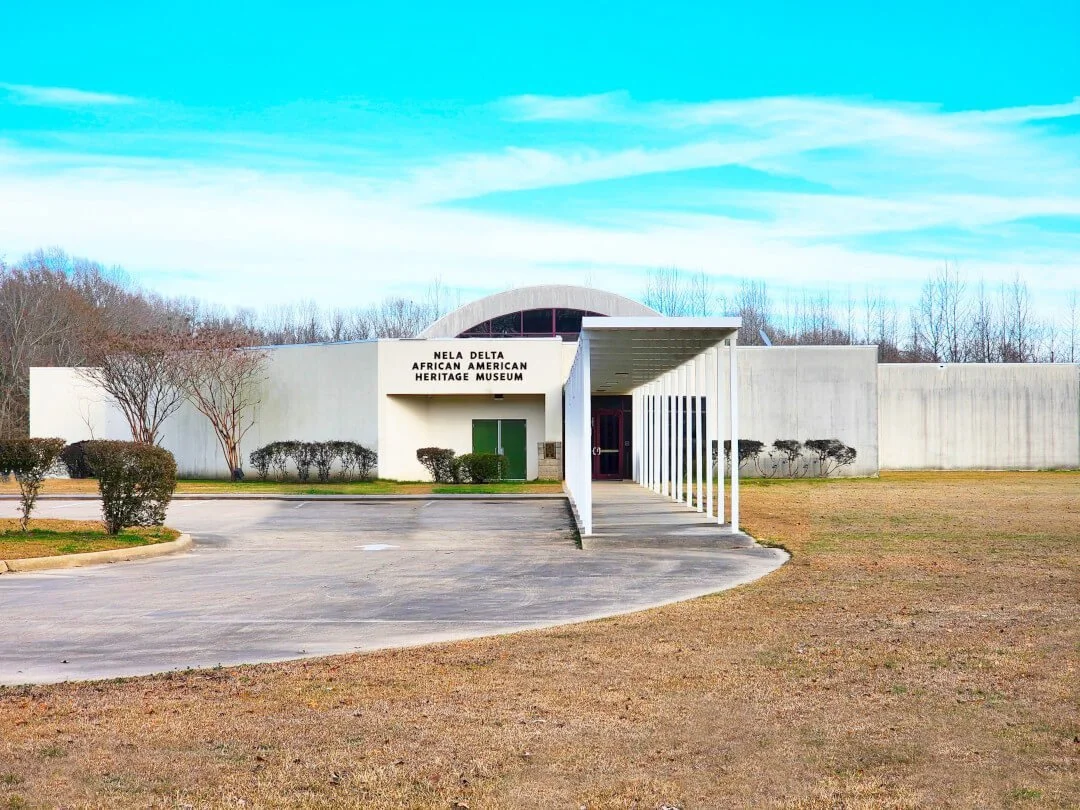The NEA—and What We Lose Without It
President Lyndon B. Johnson signing the Arts and Humanities Act on September 29, 1965. Photo courtesy of the Lyndon Baines Johnson Presidential Library
In 1965, the U.S. government did something radical: it created the National Endowment for the Arts (NEA), declaring that Black sharecroppers’ quilts mattered. That Choctaw basket-weavers and Appalachian ballad-singers deserved respect. That our stories were national stories.
Now, in 2025, the U.S. government is doing something radical again—but in reverse: dismantling the very institution that made that recognition possible.
The NEA was created to promote and support the arts across the United States, with the goal of making art accessible to all Americans and encouraging diverse artistic expression.
For Black, rural, working-class communities, it offered more than money. It offered infrastructure—grants, residencies, teacher programs, traveling exhibitions—that made possible what private donors often ignored. Through this federal lifeline, entire generations were exposed to creative paths once thought unreachable.
The Fight to Survive
Today, the NEA remains under constant threat—its budget slashed, its leadership politicized, its very existence questioned.
Its $207 million annual allocation is barely more than the $152 million the current president spent on golf during his first term.
And yet for museums like ours, that funding is existential. While headlines focus on large institutions, the real casualties are smaller, community-rooted museums—museums that document histories others do not. Museums that offer children their first brush with beauty, justice, and pride.
What Happens If the NEA Disappears?
We lose more than funding.
We lose momentum.
We lose protection from cultural invisibility.
We lose the recognition that public art is a public right—not a luxury.
And rural communities across the country risk losing the very places where the arts still live and breathe.
But perhaps the greatest loss is the most dangerous: we lose evidence. And that, increasingly, seems to be the goal of those in power—to whitewash history and silence the record.
Without the NEA, who will remember the Filipino farmworkers who painted their strikes on cardboard?
Who will preserve the experiences of disabled veterans who wrote plays about Agent Orange?
Who will remember the Indigenous midwives who stitched their birthing knowledge into quilts and tapestries?
Eventually—no one.
Without the arts, without institutions like ours, and without the NEA, history risks becoming a fairy tale.
A charming anecdote.
Sanitized. Marketed. Buried.
Again.
Northeast Louisiana Delta African-American Heritage Museum
We Are Not Powerless
We’ve never been powerless. And we’re not powerless now. We can write. Call. Organize. Educate. We can remind our representatives that the NEA is not a partisan indulgence—it is national memory in motion.
Here’s how you fight back:
Call or write your United States representative. Demand that Congress increase the NEA’s budget to just $1 per American annually (it’s currently around $0.47).
Share this post with three people who think “the arts are fine”—then ask if they’ve ever seen a play or exhibit that wasn’t bankrolled by the wealthy or curated for tourists.
Donate to small, independent museums and arts organizations that carry the work forward—especially in the communities the NEA was created to serve.
Tell your reps: “Cutting the NEA isn’t fiscal responsibility—it’s cultural arson.”
And most of all: keep creating.
Because the surest way to kill the NEA is to believe we don’t need it.
And the surest way to keep it alive is to demonstrate—with every brushstroke, photograph, quilt, and spoken word—that our communities have something essential to say.
And that we will not stop saying it.


